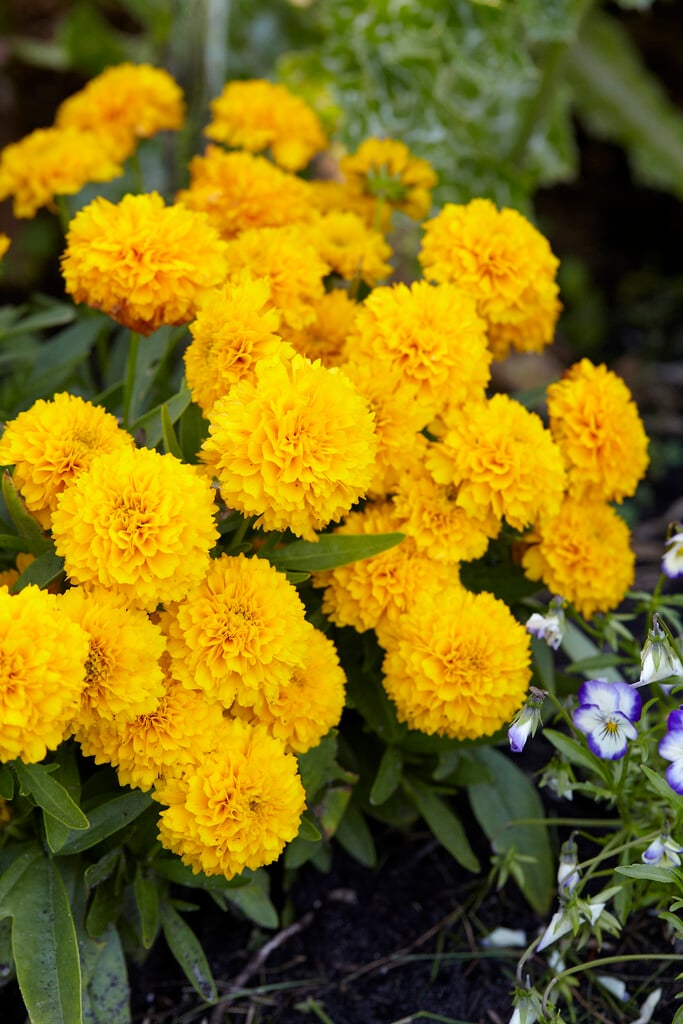Coreopsis grandiflora
large-flowered tickseed
A bushy and clump-forming perennial with elongated lance-shaped green leaves and abundant daisy-like golden yellow flowers with a darker yellow centre held on slender long stalks flowering for a long period of time over summer.
Size
Ultimate height
0.1–0.5 metresTime to ultimate height
2–5 yearsUltimate spread
0.1–0.5 metresGrowing conditions
Moisture
Moist but well–drained, Well–drainedpH
Acid, Alkaline, NeutralColour & scent
| Stem | Flower | Foliage | Fruit | |
| Spring | Green | |||
|---|---|---|---|---|
| Summer | Yellow | Green | ||
| Autumn | Green | |||
| Winter |
Position
- Full sun
- Partial shade
Aspect
East–facing or South–facing or West–facing
Exposure
Exposed or Sheltered Hardiness
H5Botanical details
- Family
- Asteraceae
- Native to GB / Ireland
- No
- Foliage
- Deciduous
- Habit
- Clump forming
- Genus
Coreopsis can be annuals or perennials, with paired, simple, palmate or pinnately divided leaves and long-stalked, daisy-like flower-heads
- Name status
Correct
- Plant range
- S US
How to grow
Cultivation
Will grow well in fertile, well-drained soil in partial shade but preferably in full sun. Will need to be kept moist during spells of dry weather.
Propagation
Propagate by seed in late winter, by division in spring or autumn and basal root cuttings in spring.
Suggested planting locations and garden types
- Wildlife gardens
- Patio and container plants
- Cottage and informal garden
- City and courtyard gardens
- Prairie planting
- Flower borders and beds
Pruning
Deadhead for continuous flowering and cut back in winter.
Pests
Diseases
Generally disease-free
Get involved
The Royal Horticultural Society is the UK’s leading gardening charity. We aim to enrich everyone’s life through plants, and make the UK a greener and more beautiful place.
